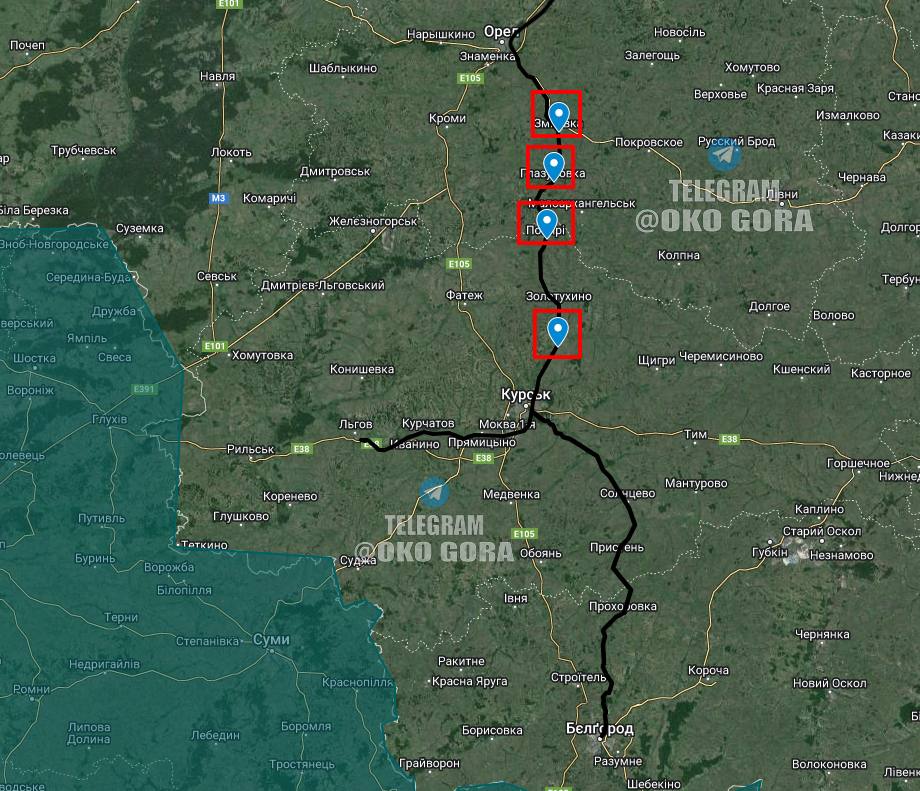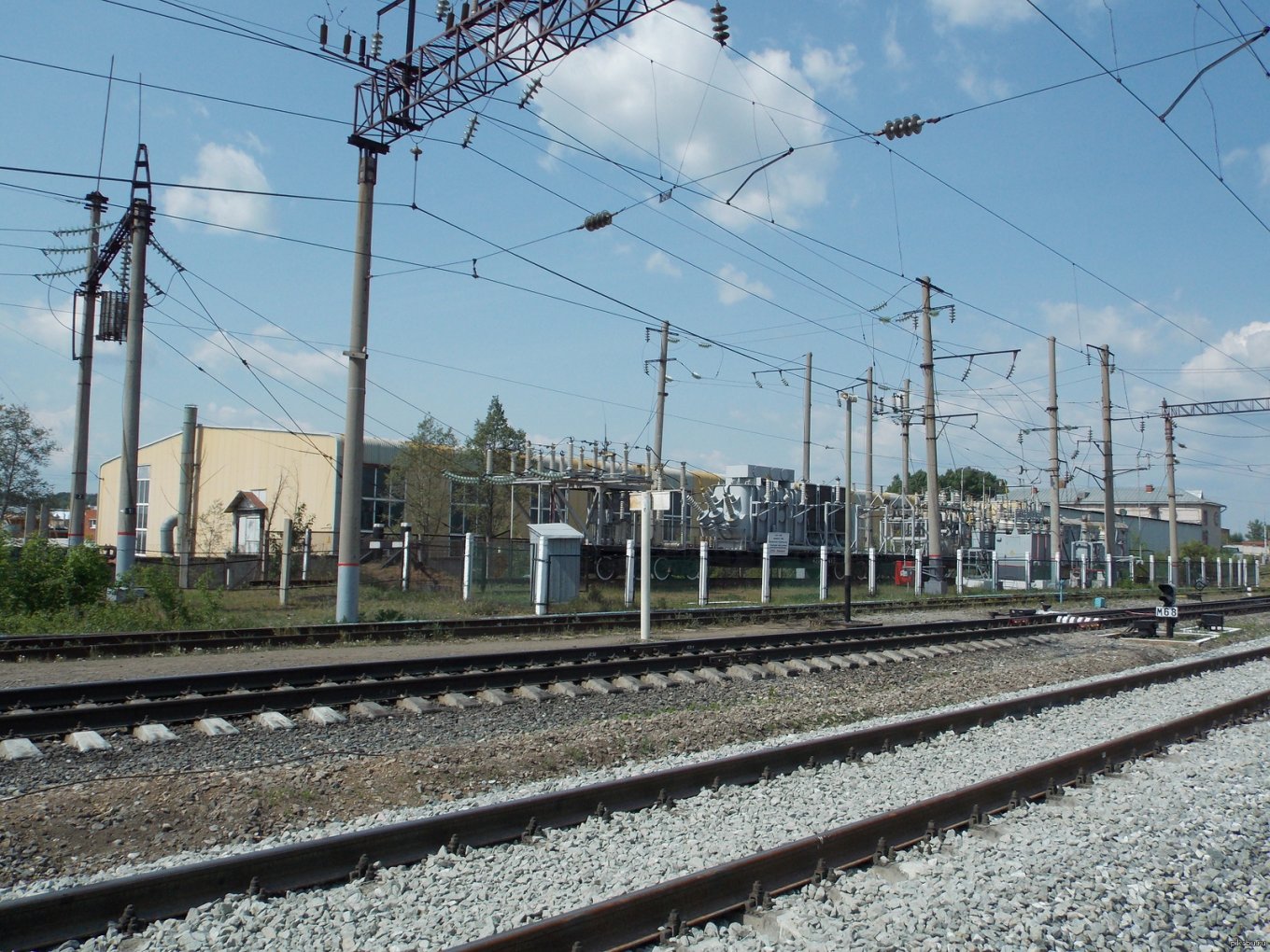
Ukrainian drones attack unexpected targets inaccessible to Russian air defense
Or some interesting ways to complicate the enemy’s military logistics
Rashist publics claim that on the night of May 2, 2024, Ukrainian kamikaze UAVs struck traction and transformer substations on railway tracks in the Oryol and Kursk regions of Russia. According to the racists, it was a complex and coordinated attack: at around 23.00 local time, traction substations near the Ponyri and Sloboda railway stations in the Kursk region were first attacked, and 15 minutes later, traction and transformer substations on the Zmievka-Glazunovka route in the Kursk region were attacked.
The result of this attack was presented by the Russians in the style of “hiding behind women and children”: they say that the strike caused a blackout that delayed two trains traveling from Moscow to Lgov and Belgorod.

OSINTers from the Oka Hora community emphasize that in this episode our drones were hitting the rocky railway, which is important for enemy troops in the above-mentioned areas. It is worth emphasizing that the very fact that attack UAVs were used to destroy the enemy’s railroad is in some ways even more interesting and even more unexpected than the strikes on Russian refineries.
The fact is that a traction or transformer substation on a railroad is an even more compact facility than, for example, a primary oil processing unit at any Russian refinery. Accordingly, in order to hit this element of the railway infrastructure, it is necessary to ensure even higher accuracy of the strike.

We should also emphasize why traction and transformer stations are important for railroad traffic, and why they could have chosen these targets instead of, for example, simply bombing running meters of tracks. The fact is that the logic of the post-Soviet railways is based on the fact that in case of damage, a part of the track can be replaced in a few hours and traffic can be resumed.
But if the power and signaling systems, which require traction and transformer stations to operate, are suddenly knocked out of service, it means longer paralysis, and movement will be achieved with much less effort (from the Ukrainian Defense Forces, in this case).
Even if it doesn’t look as impressive as we would like, it is really effective. On Russian railroads, substations should be located within a maximum of 15-50 kilometers of each other, meaning that the Rashists will not be able to physically block such a large amount of sensitive infrastructure with their air defense.

The notion of a “thousand cuts strategy” certainly sounds fascinating as one of the possible asymmetric strategies to achieve victory over a stronger enemy. But the nuance is that these figuratively speaking “a thousand cuts” have to be made to see the desired result.

